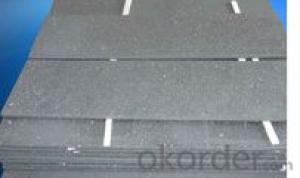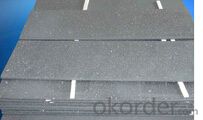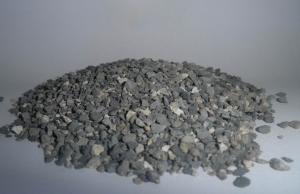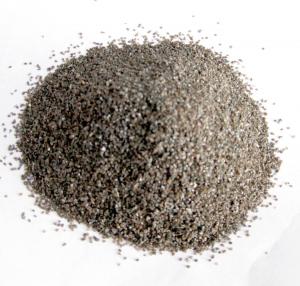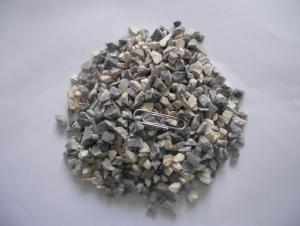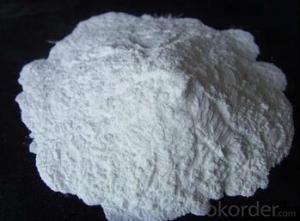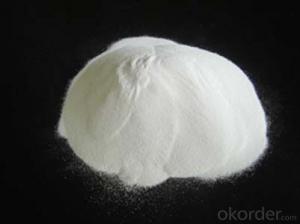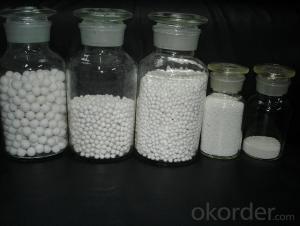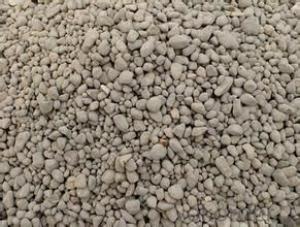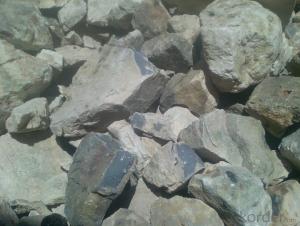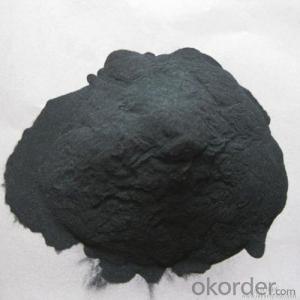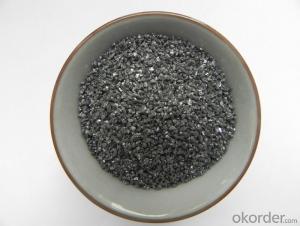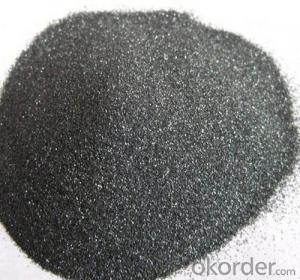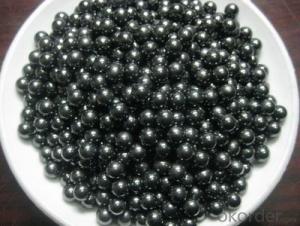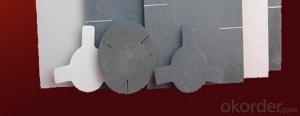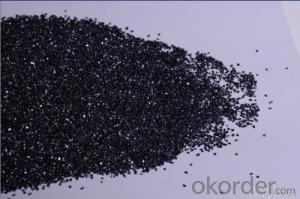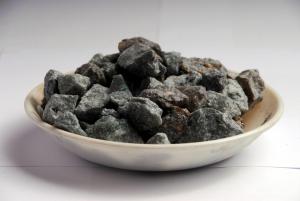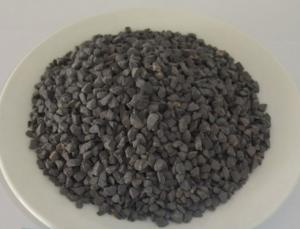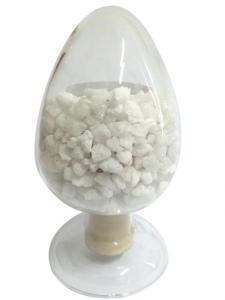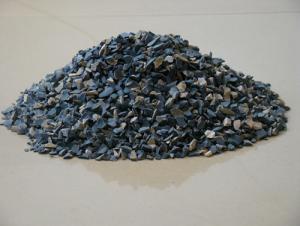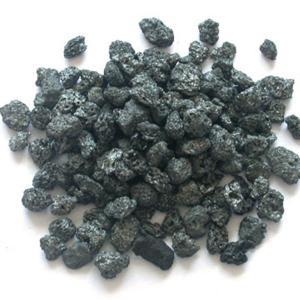Raw Materials for Refractory High Temperature Recrystallized Silicon Carbide Plate
- Loading Port:
- China Main Port
- Payment Terms:
- TT OR LC
- Min Order Qty:
- -
- Supply Capability:
- -
OKorder Service Pledge
OKorder Financial Service
You Might Also Like
Specifications
Recrystallized Silicon Carbide plate
1 Material: Sic
2 Max tem: 1650C
3 Density: 2.72g/cm3
4 ISO CE
high temperature refractory recrystallized Silicon Carbide plate
Silicon carbide plate properties
1.High temperature tolerance
2.Corrosion resistance
3.Oxidation resistance.
4.Wear resistance.
The products have the characteristics of high flexing strength at elevated temperatures, high thermal shock resistance. High corrosion resistance and high thermal conductivity, high resistivity against alkalis.
Silicon carbide plate lines:
1. Reaction Sintered Silicon carbide (RBSIC)
2. Recrystallized Silicon Carbide ceramic (RSC)
3. Nitride Bonded Silicon Carbide ceramic (NSC)
4. Sintered Silicon Carbide (SSiC)
Silicon carbide plate applications:
in blast furnace lining, the lining of alumina electrolytic bath and various nonferrous metal smelting, glass tank and ceramic industries, etc. It has good heat conductivity and bearing ability under high temperature. It is suitable to be used in structural ceramics, sanitary ceramics, domestic ceramics, electrotechnical porcelain refractory material, sinter powder metal industry.
Typical Quality Analysis:
Item | SIC-80 | SIC-85 | SIC-90 |
SiC, % min | 80 | 85 | 90 |
Bulk Density , g/cm3 | 2.60-2.70 | 2.60~2.70 | 2.70-2.75 |
Apparent Porosity , % max | 17 | 16 | 16 |
Cold Crushing strength, MPa min | 150 | 150 | 150 |
rupture strength under normal temperature, MPa min rupture strength at 1200 Cmin | 30 40 | 40 45 | 45 50 |
Thermal Conductivity, w/m.k min | 15 (1000C) | 16 | 18 (800C) 14 (1200C) |
thermal expansion coefficient, max | 4.7x10 -6 /C | 4.7x10 -6 /C | 4.7x10 -6 /C |
FACTORY:
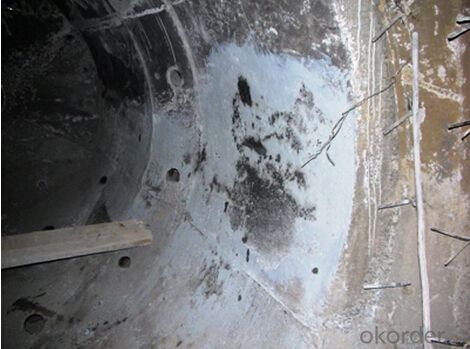
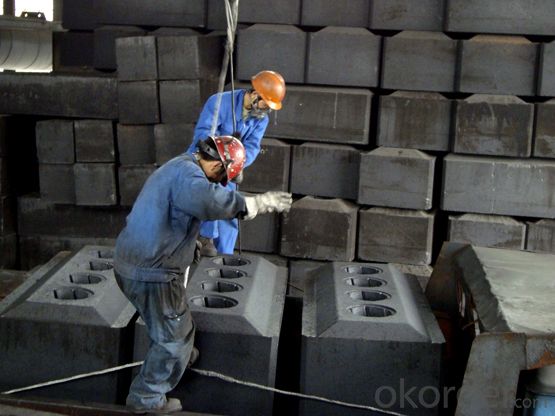
- Q: Does the external wall thermal insulation materials level b1 need the fire barrier zone?
- First, the cotton fire barrier zone "rock wool board" mainly uses water-repelling rock wool board produced by pendulum method as thermal insulation layer materia, and connecting and fixing base wall by binding and nail bonding, it is composed level A non-combustible building energy efficiency thermal insulation system by plastering layer composed by plastering mortar and glass?fiber mesh and decorative mortar finishing layer or coating. Rock wool board exterior insulation system, low thermal conductivity, good ventilation, combustion performance advantages of higher levels can be used in new construction, expansion, renovation of residential buildings and public buildings energy-saving exterior wall insulation works, including exterior insulation, fire Barrier non-transparent wall insulation and EPS external thermal insulation system. The introduction of main level A fireproofing EIFS on the present market (The following text is selected from China Building Standard Design and Research Institute " external wall thermal insulation building construction" Standard No. 10J121) Second, the foam concrete fire barrier zone 1. It is very green without the release of irritant and harmful gases; no mineral cotton floats do harm to human skin and the respiratory tract; production of?toxic?gases is security level (AQ1), there is no harmful gas and waste emissions and less carbon emissions; it exist not duplicate insulation demolition waste to pollute the environment.
- Q: How to detect the acid resistance of refractory? Is there any standard? Thank you
- What material it is. There are many kinds of refractory materials, and I basically understand all petrochemical refractory.
- Q: what is the original materials of fireproof coating?
- Fire retardant coating is composed of the base materials (that is film forming substance), pigments, ordinary coating additives, fire retardant agent and dispersion medium. In addition to fire retardant agent, other components functions the same as in ordinary coating, but its performance and thickness are specifically required. Some solvent-based fire retardant coating can burn upon encountering fire before construction.In fact,It is the flammable solvent contained in the coating that is burning while substances such as the base materials and fire retardant agent does not burn. Because solvent-based fireproof coating contains organic solvent and these fire-resistant coating, once leaked from the bucket, are likely to cause a fire. Fireproof coating on the substrate can insulate heat only after the solvent contained evaporates compeletly.
- Q: What effect does aluminium powder play in refractory bricks?
- Aluminum powder is the main temperature resistant material ~ ~ ~ ~!
- Q: How to make fire resistant materials for building stoves
- Why Qianjun game protected mode can attack the foreign baby call
- Q: What is the magnesium carbon refractory?
- The composition of refractory brick raw material There are many types of refractory brick raw materials, mainly divided into six categories: Soil, stone, sand, mineral, power and others. One of the original material, soil: Aluminum, kaolin, clay, diatomaceous earth The second raw material, Stone: fluorite, kyanite, andalusite, forsterite, vermiculite, mullite, pyrophyllite, chlorite, dolomite, sillimanite, magnesia-alumina spinel, silica The third kind of raw material, sand: Pottery, zircon sand, quartz sand, magnesite The fourth kind of raw material, ore: Chrome ore The fifth kind of raw material, powder: Aluminum powder, silica powder, silicon powder The sixth kind of raw material of refractory brick, others: Asphalt, graphite, phenolic resins, perlite, cenosphere, sialon, corundum, silicon sulfate, silicon carbide, sodium silicate, silica solution, boron carbide, calcium aluminate cement, nitride material, shale ceramisite, alumina, alumina sol and zirconia, etc.
- Q: What's the type of fire proofing thermal insulation materials?
- Hello! Fire proofing thermal insulation material can be classified as inorganic thermal insulation material and composite thermal insulation material. According to the form, it can be divided into fibrous veneer, mineral wool, rock wool, glass wool, aluminum silicate cotton, ceramic fiber, microporous diatomite, calcium silicate, expanded perlite, expanded vermiculite, aerated concrete, bubble foam glass, ash, glass, clay, foam concrete, and pasted paste powder polystyrene particles insulation pulp, etc. They are characterized by flame retardancy and fire proofing and thus can be used in buildings with high fire proofing class. Among them, calcium silicate, aluminum silicate and asbestos can also be used for the thermal insulation for heat supply pipelines.
- Q: What is refractory cement?
- Ordinary portland cement is common cement with relatively high early strength, while refractory cement is low in this regard. Refractory cement is a characteristic cement which can only be used in special projects, not suitable for general engineering. And in the winter, it is not suitable for construction use.
- Q: Classification of porosities in refractories and their effects on properties
- The pores in refractory include open pores, through pores and closed pores.
- Q: Where is the development of refractory industry?
- Refractories for continuous casting is an important part of the continuous casting machine, in addition to the characteristics of general refractory material, also for the purification of molten steel and improve the steel quality, stable molten steel temperature and composition, control and regulate the flow of the molten steel and other functions, so it is called functional refractories.
Send your message to us
Raw Materials for Refractory High Temperature Recrystallized Silicon Carbide Plate
- Loading Port:
- China Main Port
- Payment Terms:
- TT OR LC
- Min Order Qty:
- -
- Supply Capability:
- -
OKorder Service Pledge
OKorder Financial Service
Similar products
Hot products
Hot Searches
Related keywords
